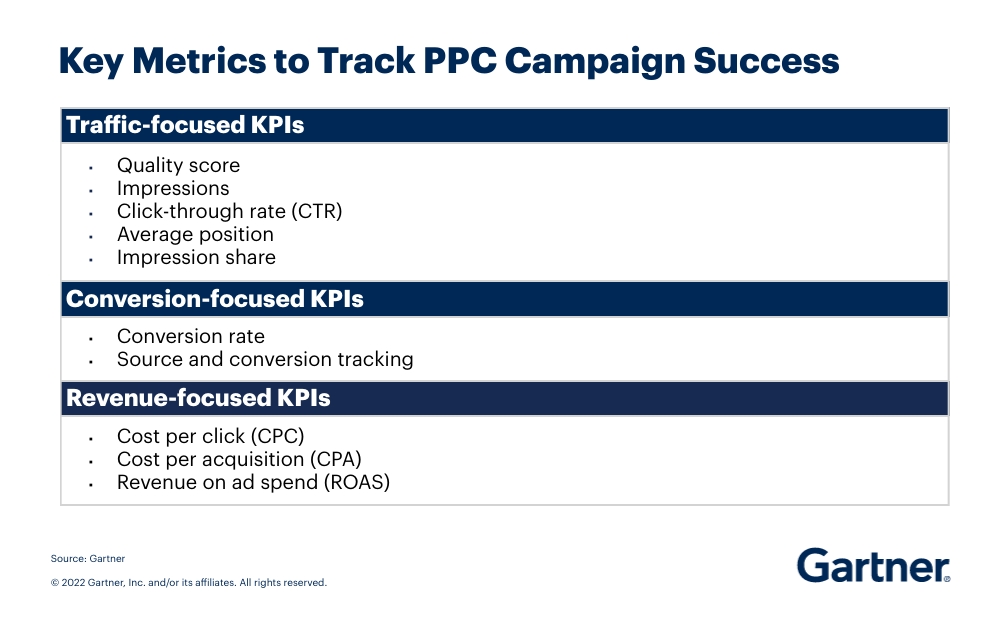Introduction
Running an ad campaign is an essential part of any marketing strategy. However, it is equally important to evaluate the effectiveness of your ad campaign to ensure that you are getting the desired results. By analyzing the right metrics, you can gain valuable insights into the performance of your ads and make data-driven decisions to optimize your campaign. In this article, we will explore the key metrics that matter when evaluating the effectiveness of your ad campaign.
1. Click-Through Rate (CTR)
The click-through rate is a crucial metric that measures the percentage of people who clicked on your ad after seeing it. A high CTR indicates that your ad is compelling and relevant to your target audience. To calculate the CTR, divide the number of clicks by the number of impressions and multiply by 100. A higher CTR signifies that your ad is resonating with your audience and driving engagement.
2. Conversion Rate
The conversion rate is more than just a number; it provides insights into the overall user experience. Besides just monitoring this rate, it’s also vital to understand why users are behaving a certain way on your website. This is where the conversion rate optimization dictionary come into play. By diving deeper into Conversion Rate Optimization (CRO), businesses can uncover areas of improvement to further boost their conversion rates. The conversion rate measures the percentage of users who completed a desired action, such as making a purchase or filling out a form, after clicking on your ad. To calculate the conversion rate, divide the number of conversions by the number of clicks and multiply by 100. A higher conversion rate implies that your ad is successfully persuading users to take the desired action.
3. Cost per Conversion (CPC)
The cost per conversion is the average amount you spend on acquiring a single conversion. It is calculated by dividing the total cost of your ad campaign by the number of conversions. A lower CPC indicates that you are effectively optimizing your budget and getting more conversions for your investment. Monitoring the CPC helps you identify cost-effective strategies and allocate your resources wisely.
4. Return on Ad Spend (ROAS)
The return on ad spend measures the revenue generated for every dollar spent on advertising. It is calculated by dividing the total revenue generated by the total ad spend and multiplying by 100. A higher ROAS indicates that your ad campaign is generating a positive return on investment. By tracking the ROAS, you can determine the profitability of your ad campaign and make informed decisions about budget allocation.
Summary

Measuring the effectiveness of your ad campaign is crucial to ensure that your marketing efforts are yielding the desired results. By analyzing the right metrics, you can gain valuable insights into the performance of your ads and make data-driven decisions for future campaigns. In this blog post, we will discuss the important metrics that you should consider when evaluating the effectiveness check that of your ad campaign. By understanding these metrics and their significance, you can optimize your marketing strategies and achieve better results.
- Q: What are some key metrics to evaluate the effectiveness of an ad campaign?
- A: Some key metrics to evaluate the effectiveness of an ad campaign include click-through rate (CTR), conversion rate, return on ad spend (ROAS), cost per acquisition (CPA), and customer lifetime value (CLV).
- Q: How is click-through rate (CTR) calculated?
- A: CTR is calculated by dividing the number of clicks an ad receives by the number of impressions it generates, and then multiplying the result by 100 to get a percentage.
- Q: What does conversion rate measure?
- A: Conversion rate measures the percentage of ad viewers who take a desired action, such as making a purchase or filling out a form. It helps determine how effective an ad is at driving conversions.
- Q: How is return on ad spend (ROAS) calculated?
- A: ROAS is calculated by dividing the revenue generated from an ad campaign by the cost of the campaign. It helps assess the profitability of the campaign.
- Q: What does cost per acquisition (CPA) indicate?
- A: CPA indicates the average cost of acquiring a customer through an ad campaign. It is calculated by dividing the total cost of the campaign by the number of conversions.
- Q: What is customer lifetime value (CLV) and why is it important?
- A: CLV is the predicted net profit attributed to the entire future relationship with a customer. It helps assess the long-term value of acquiring and retaining customers through an ad campaign.



